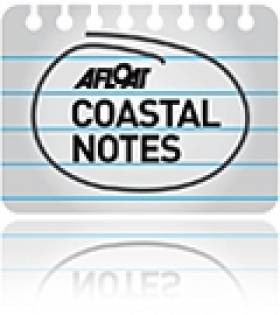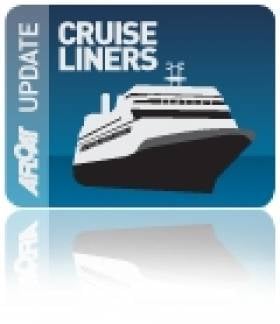Displaying items by tag: Whiddy Island Oil Terminal
Bantry Bay Oil Terminal Sold to US Based Owners
#WhiddyOilTerminal – Bantry Bay Oil Terminal has been acquired by Houston, Texas based Zenith Energy, an international liquids and bulk terminal company from Phillips 66.
The terminal has a storage capacity of more than 8 million million barrels holding a third of Ireland's strategic petroleum reserves. Zenith intends to continue operating the terminal on a commercial basis.
For more the West Cork Times reports HERE.
Phillips 66 continues to operate Whitegate Oil Refinery in Cork Harbour, the only such facility in Ireland. As previously reported on Afloat.ie the refinery at Whitegate was withdrawn from sale last year following attempts to find a buyer failed.
Mike King of Phillips 66 was among the speakers of the major energy conference "Cork Harbour – Energising the Region" held in December.
To read his presentation and others click HERE on topics that discussed the opportunities and challenges in terms of energy, industry and tourism for the harbour.
German Cruise-Goers On Anchorage Call to Glengariff
At 192m in length, the 600-passenger capacity cruiseship is operated by Pheonix Reisen. The German based travel agency also runs fleetmates Albratross and Artania. The later Finish built vessel was best known as Princess Cruises Royal Princess, when launched by the late Diana, Princess of Wales in 1984.
Apart from the handful of cruiseships that call, Bantry Bay is otherwise used by oil tankers bringing supplies to the Whiddy Island Oil Terminal. The terminal consists of an offshore single point mooring, tanker Jetty, and an onshore tank farm. The bay runs some 35kms long and is 10km wide at its broadest at the entrance and steadily narrows to 3-4kms at its head. In addition the bay is largest of the main inlets in the south-west.
Glengariff in recent years has also welcomed another German operator, Peter Deilmann's Deutschland (1988/22,496grt) and the UK based Cruise & Maritime Voyages Marco Polo (1966/20,080grt). To read more on this vessel which regularly calls to Irish ports click HERE.






























































